Watch this clever hamster smash her way through the game, complete with an adorable detour down the pipe.
Super Mario Bros. (Page 2)
When you’re trying to cut back on screen time but still need some Nintendo fun in your life.
The Super Mario Bros. are back to jump, flip and spin their way through another real-life level.
Mario and Luigi appear in a new artwork that combines traditional Japanese art techniques with the modern-day video game world.
Bandai’s S.H.Figuarts line has released several figures from the Super Mario video game series: Mario, Luigi, Yoshi, and important items from the games like pipes, blocks and coins. Its latest figures expand the collection with iconic enemy characters: a Hammer Bro, Lakitu and Spiny.
At the beginning of October, most of us outside Japan are thinking about Halloween and Christmas. But inside Japan, something different is cooking. Now is the time that Japanese retailers start taking orders for osechi, a New Year’s bento box full of traditional and tasty Japanese foods.
But this year, one Japanese retailer has decided to put a spin-jump on things. They’re offering a Super Mario Bros.-themed osechi bento box to take your New Year’s Day dinner to a new level and impress all your family and friends. What’s inside this Bowser-sized box of goodies? Read on to find out!
Perhaps the best thing to come out of the 30th anniversary of Super Mario Bros. is the all-new Super Mario Maker. Released just last week on September 11, the game aims to bring the original level-making tool used by programmers at Nintendo to all audiences.
Not only has the new release encouraged Shigeru Miyamoto, the mastermind behind Mario, to speak about how the beginning of the original NES game was created, it’s also given fans the opportunity to hear Miyamoto answer questions about the Mario world fans have been dying to know for 30 years.
Ahead of the launch of Mario-themed level-building game Super Mario Maker, video game industry legend Shigeru Miyamoto sat down with veteran game designer Takashi Tezuka to take questions from journalists and show off its features.
Before leaping into the level creation proper, however, Miyamoto took a few minutes to talk about the creative process that is involved in building a Super Mario level, talking his audience through the steps he and his team took when creating the original Super Mario Bros., and explaining why World 1-1 of the game—for many their first ever brush with Mario on Nintendo’s 8-bit system—was built the way it is.
You’ve no doubt cleared this level countless times by now, but you may not have realised the hidden genius and careful planning that went into the positioning of every block, pipe, and pit of doom.
Have you ever wanted to lounge around in your own pair of Legend of Zelda pajama pants? How about snuggling up with a Mario Kart or Donkey Kong pillow? Well now thanks to Jo-Ann Fabrics, all of your Nintendo-related craft dreams can finally come true!
The U.S.-based arts and crafts retailer is now offering more yards of Nintendo-themed fabric than you can shake a Master Sword at. From Mario to Donkey Kong, Zelda to Pokémon, they have it all. Who says fully-grown adults can’t make their own homemade Pikachu PJs?
What happens when you cross Nintendo’s Super Mario with a respected art form from Japanese history? Is it a brand new Mario Paint game? Nope, although that would be pretty cool.
What you actually get is the famous Rimpa folding screen “Wind and Thunder Gods” remade with Mario and Luigi. The results are so fantastic that it’s being put on display at a special exhibit at the Art Museum Eki Kyoto. Join us after the jump for all the juicy Mario art details.
Comiket 88, the world’s largest dojinshi fair, is now underway at the Tokyo Big Sight exhibition centre. And while thousands of people are already rushing to buy some of the best and rarest anime, manga and video game merch money can buy, others were there for one thing only: cosplay.
Despite the beating sun and intense humidity that comes as standard with Summer Comic Market (you did read our Comiket survival guide, right?), the almost complete lack of shade outdoors did not deter Tokyo’s cosplayers, who stood out for photo after photo, striking their best poses and wowing our reporters with their incredible outfits.
Join us after the jump for a look at some of our favourites!
If, like me, you grew up playing Super Mario Bros. on the NES, then you’re no doubt super excited for the launch of Super Mario Maker this coming September. Exclusive to Wii U, the game allows players to build their own worlds, using every block, enemy and power-up (plus a few new ones) from a whole host of Super Mario games, then share them with players all around the world.
For those of us who never quite gave up on our childhood dream of making games for Nintendo especially, Super Mario Maker is shaping up to be the ultimate celebration of 30 years of Mario, and the thought of throwing all your favourite bad guys into bizarre platforming situations has us positively giddy with excitement.
With that in mind, today we’ve decided to take a quick look at some of the characters we know and love from the Mario franchise. To spice things up, though, we’re going to be introducing you to their original Japanese names and explaining a little about the meanings behind them. Think you know Mario? Let’s find out!
Do you remember where you were when you played your first Super Mario Bros. game? If you’re old-school like us, you’ll probably remember the feel of that rectangular gray NES controller in your hands, or if you’re Japanese old-school, then the burgundy Famicom controller probably means a great deal to you. If you are a bit younger, perhaps your first time with Nintendo’s rotund plumber was with Super Mario World or Super Mario 64. Or how about Super Mario Sunshine or Super Mario Galaxy? Needless to say, if you are a gamer, you’ve got a Mario memory somewhere in there!
Nintendo is excited to celebrate the 30 years of Mario this year, and they want you to head down the warp pipe to check out the history of Mario and what is coming up next.
Minecraft is certainly one of the most talked-about games on the scene today, and one of the most played. Even if you haven’t tried it or have no idea why there seem to be so many sheep in the game, you have probably seen some of the amazing things built inside it.
Today, we bring you an incredibly accurate recreation of a video play-through of the first level of the Nintendo classic Super Mario Bros. made in Minecraft. With sheep, apparently.
Truth be told, I’ve never been a huge fan of video game speed runs. All too often, recordings show players exploiting a game’s code to the point that it hardly seems like they’re playing the game any more, taking all the fun (and some would argue genuine skill) out of it.
But this new record performed by a gamer known only as ‘Blubber’ is nothing short of spectacular and deserves the attention of anyone who ever picked up an NES controller during their childhood.
Super Mario Bros., the classic Nintendo game that spawned dozens of sequels and introduced millions of people to video games, has been around for some 29 years now. In that time, along with discovering every secret the game has to offer and performing dazzling speed runs, players the world over have hunted for increasingly creative and complex ways to rack up stacks of extra lives by “juggling” shelled enemies until the timer runs out.
There are a number of “infinite lives” secrets that we’re already aware of, but just last week a new video appeared online showing one that appears to be not just brand new, but one of the most complicated 1-up discoveries yet.
While thoughts of the Roaring 20s typically conjure images of flappers and raucous parties, now it can also remind you of Super Mario Bros. Los Angeles jazz musicians, The Handy Dandy Boys, recently recorded a mean, jazzy version of the “Overworld BGM” theme from Super Mario Bros., complete with banjo plucking, a brass section, and a silent film-inspired, mustachioed music videothat will put a pep in your step.
The Super Mario Bros. theme, also known as the “ground theme,” “overworld theme,” or perhaps just “da-da-da-dada-da-da!” is arguably the most well-known piece of video game music in the world. First recorded for the NES game in 1985 by Nintendo’s in-house musician Koji Kondo, the track was designed to fit the action and pacing of the platformer, and added a light, whimsical accompaniment to gameplay that might otherwise have felt entirely different without it.
Thousands of people have attempted to tweak and cover this iconic track over the years, tackling it with a variety of instruments. More often than not, the result is the same – a great track is a great track regardless of the person playing it, after all – but occasionally someone with real talent comes along and blow us all away with a rendition that we almost wish Nintendo would include in their next Mario adventure.
Russian guitarist Igor Presnyakov’s cover of the overworld theme is one such rendition.
With global phenomenon like the Mario and Pokemon franchises under their belts, it’s easy to forget about Nintendo’s humble beginnings as a producer of traditional Japanese playing cards. This year the company goes back to their roots in their 2014 company brochure with beautiful artwork that celebrates both the old and the new.
If you like old-school video games and loving fiddling around with bits of Lego, then this is something that you absolutely need to see.
These scenes from Super Mario Bros 3, The Legend of Zelda, Metroid and even action platformer Mega Man are all made out of Lego, placed carefully, brick by brick, onto a backboard to create startlingly accurate 8-bit graphic art. Needless to say we’re sold already, and haven’t even asked their maker how much he wants for them yet.
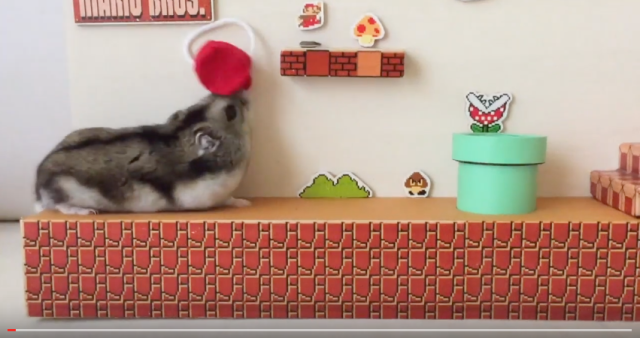
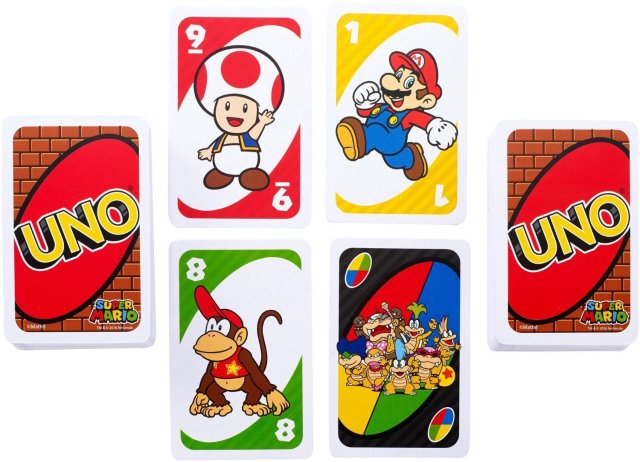
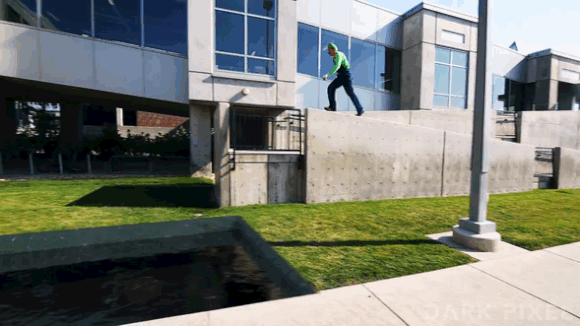
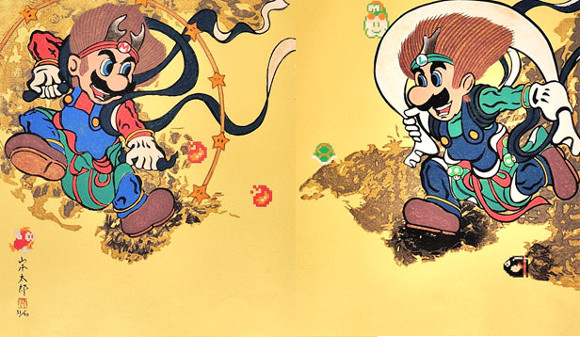
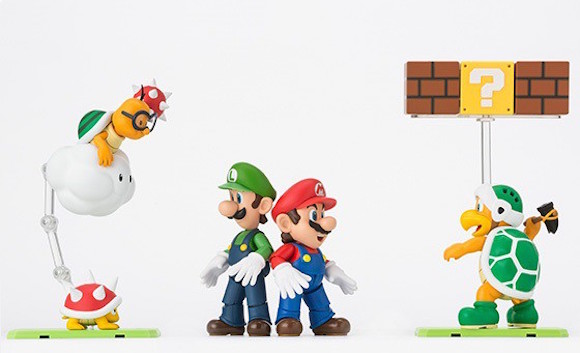

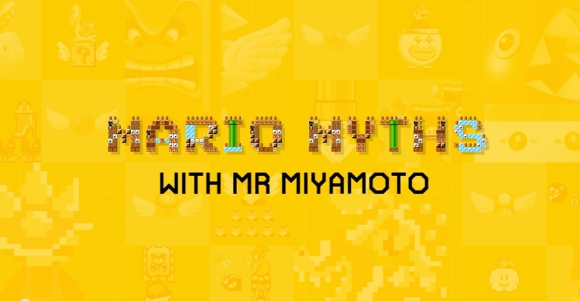
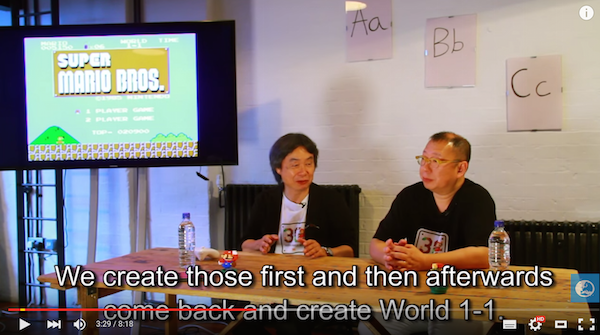
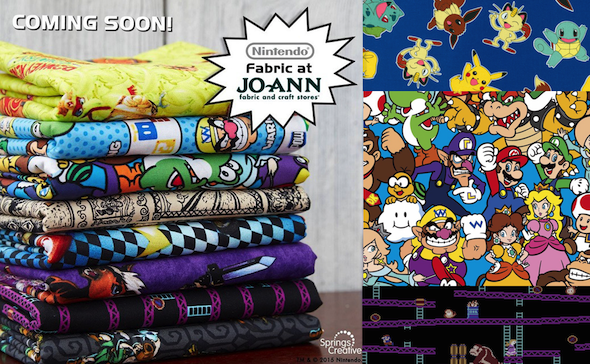
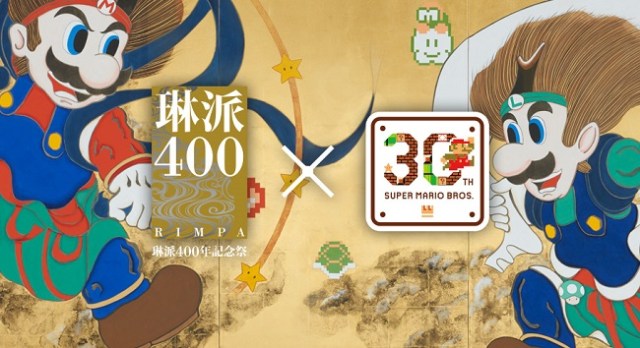
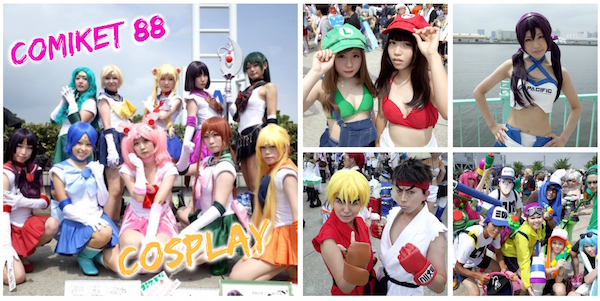
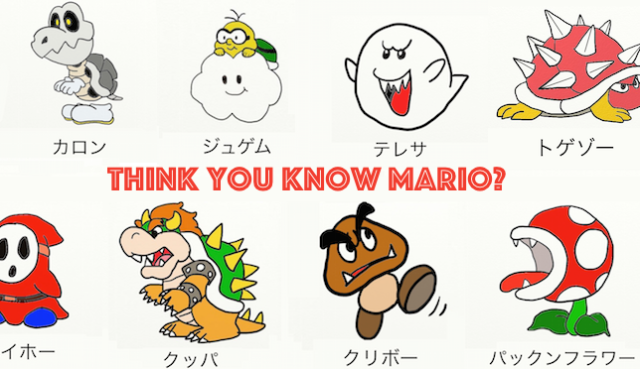
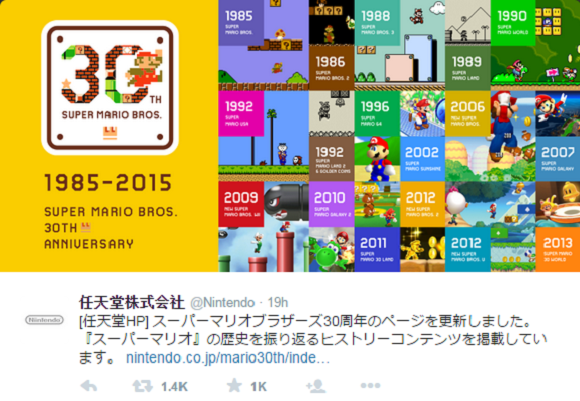
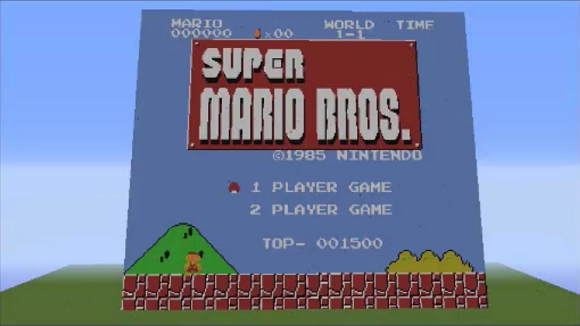
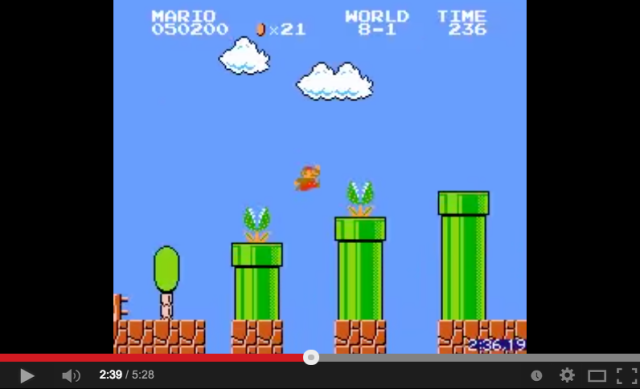
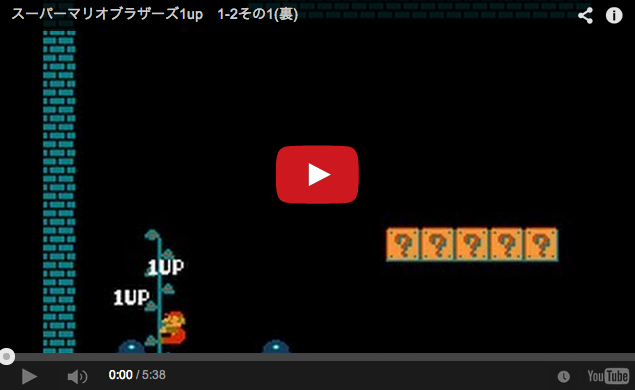
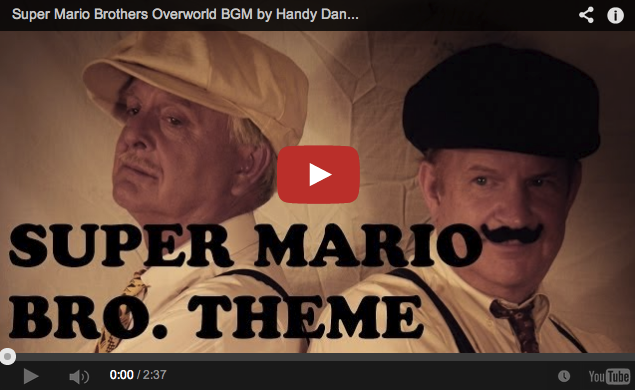

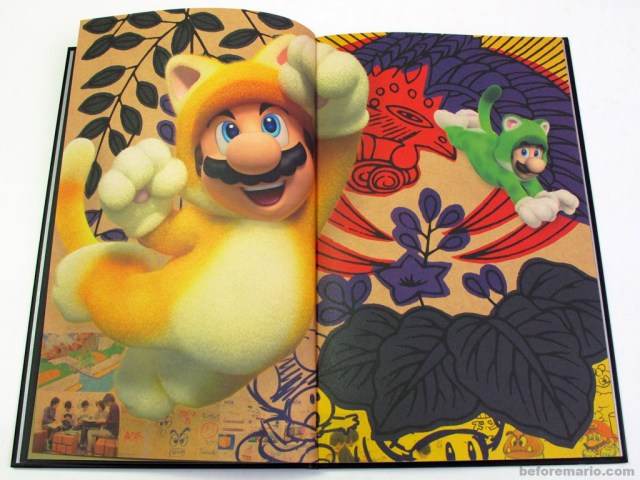
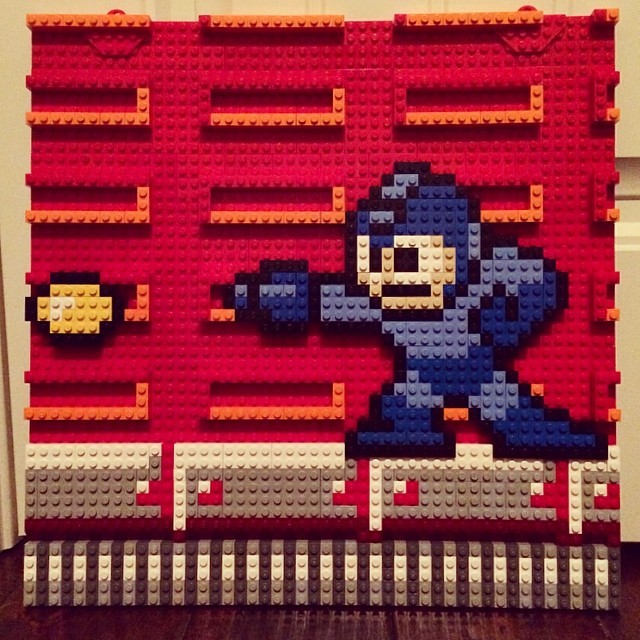
 Mr. Sato accosts award-winning actor Hideaki Ito【Interview】
Mr. Sato accosts award-winning actor Hideaki Ito【Interview】 Cyberpunk anime meets traditional culture in Ghost in the Shell gold leaf Japanese changing screens
Cyberpunk anime meets traditional culture in Ghost in the Shell gold leaf Japanese changing screens Hello Kitty Choco Egg figures are an adorable trip through three periods of Japanese pop culture【Pics】
Hello Kitty Choco Egg figures are an adorable trip through three periods of Japanese pop culture【Pics】 All words in Evangelion theme replaced by cat meow in official remake by original singer【Video】
All words in Evangelion theme replaced by cat meow in official remake by original singer【Video】 Studio Ghibli releases new Totoro neckties to brighten up your office wear
Studio Ghibli releases new Totoro neckties to brighten up your office wear Japan’s otoshidama tradition of giving kids money at New Year’s gets a social welfare upgrade
Japan’s otoshidama tradition of giving kids money at New Year’s gets a social welfare upgrade Hatsune Miku-inspired figure has no need for pants or panties 【Photos】
Hatsune Miku-inspired figure has no need for pants or panties 【Photos】 Female virtual YouTubers are here to collaborate with Tokyo’s Kanda Myojin Shrine in a punny way
Female virtual YouTubers are here to collaborate with Tokyo’s Kanda Myojin Shrine in a punny way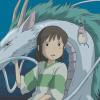 Haku is…Chihiro’s dead brother? Studio Ghibli fans blown away by Spirited Away theory
Haku is…Chihiro’s dead brother? Studio Ghibli fans blown away by Spirited Away theory We visit the new all-you-can-eat KFC buffet restaurant in Tokyo
We visit the new all-you-can-eat KFC buffet restaurant in Tokyo 7-Eleven Japan starts new temporary luggage storage service in over 300 branches
7-Eleven Japan starts new temporary luggage storage service in over 300 branches Disillusionment at Tsukiji’s tourist-target prices led us to a great ramen restaurant in Tokyo
Disillusionment at Tsukiji’s tourist-target prices led us to a great ramen restaurant in Tokyo Japan may add Japanese language proficiency, lifestyle classes to permanent foreign resident requirements
Japan may add Japanese language proficiency, lifestyle classes to permanent foreign resident requirements Starbucks Japan releases new zodiac chilled cup drink for 2026
Starbucks Japan releases new zodiac chilled cup drink for 2026 Lacquerware supplier to emperor of Japan and Pokémon team up for new tableware
Lacquerware supplier to emperor of Japan and Pokémon team up for new tableware Starbucks teams up with 166-year-old Kyoto doll maker for Year of the Horse decorations【Photos】
Starbucks teams up with 166-year-old Kyoto doll maker for Year of the Horse decorations【Photos】 Starbucks on a Shinkansen bullet train platform: 6 tips for using the automated store in Japan
Starbucks on a Shinkansen bullet train platform: 6 tips for using the automated store in Japan Is this the most relaxing Starbucks in Japan?
Is this the most relaxing Starbucks in Japan? Large amount of supposed human organs left in Osaka marketplace
Large amount of supposed human organs left in Osaka marketplace Tokyo’s Tsukiji sushi neighborhood asks tour groups to stay away for the rest of the month
Tokyo’s Tsukiji sushi neighborhood asks tour groups to stay away for the rest of the month Japan’s human washing machines will go on sale to general public, demos to be held in Tokyo
Japan’s human washing machines will go on sale to general public, demos to be held in Tokyo Japanese train company is letting fans buy its actual ticket gates for their homes
Japanese train company is letting fans buy its actual ticket gates for their homes Tokyo considering law requiring more trash cans following litter increase in heavily touristed area
Tokyo considering law requiring more trash cans following litter increase in heavily touristed area Nintendo’s Kirby now delivering orders at Kura Sushi restaurants, but not in Japan
Nintendo’s Kirby now delivering orders at Kura Sushi restaurants, but not in Japan Tokyo event lets you travel back in time, for free, to celebrate 100 years since Showa era start
Tokyo event lets you travel back in time, for free, to celebrate 100 years since Showa era start Sanrio theme park in Japan announces plans to expand into a Sanrio resort
Sanrio theme park in Japan announces plans to expand into a Sanrio resort Survey asks foreign tourists what bothered them in Japan, more than half gave same answer
Survey asks foreign tourists what bothered them in Japan, more than half gave same answer Japan’s deadliest food claims more victims, but why do people keep eating it for New Year’s?
Japan’s deadliest food claims more victims, but why do people keep eating it for New Year’s? We deeply regret going into this tunnel on our walk in the mountains of Japan
We deeply regret going into this tunnel on our walk in the mountains of Japan Studio Ghibli releases Kodama forest spirits from Princess Mononoke to light up your home
Studio Ghibli releases Kodama forest spirits from Princess Mononoke to light up your home Major Japanese hotel chain says reservations via overseas booking sites may not be valid
Major Japanese hotel chain says reservations via overseas booking sites may not be valid Put sesame oil in your coffee? Japanese maker says it’s the best way to start your day【Taste test】
Put sesame oil in your coffee? Japanese maker says it’s the best way to start your day【Taste test】 The top 10 annoying foreign tourist behaviors on trains, as chosen by Japanese people【Survey】
The top 10 annoying foreign tourist behaviors on trains, as chosen by Japanese people【Survey】 No more using real katana for tourism activities, Japan’s National Police Agency says
No more using real katana for tourism activities, Japan’s National Police Agency says Starbucks Japan reveals new sakura drinkware collection, inspired by evening cherry blossoms
Starbucks Japan reveals new sakura drinkware collection, inspired by evening cherry blossoms Japan’s otoshidama tradition of giving kids money at New Year’s gets a social welfare upgrade
Japan’s otoshidama tradition of giving kids money at New Year’s gets a social welfare upgrade Hatsune Miku-inspired figure has no need for pants or panties 【Photos】
Hatsune Miku-inspired figure has no need for pants or panties 【Photos】 Female virtual YouTubers are here to collaborate with Tokyo’s Kanda Myojin Shrine in a punny way
Female virtual YouTubers are here to collaborate with Tokyo’s Kanda Myojin Shrine in a punny way Haku is…Chihiro’s dead brother? Studio Ghibli fans blown away by Spirited Away theory
Haku is…Chihiro’s dead brother? Studio Ghibli fans blown away by Spirited Away theory We visit the new all-you-can-eat KFC buffet restaurant in Tokyo
We visit the new all-you-can-eat KFC buffet restaurant in Tokyo Foreign shoppers in Akihabara tip us off to an awesome souvenir idea: DIY Paper Theater kit【Pics】
Foreign shoppers in Akihabara tip us off to an awesome souvenir idea: DIY Paper Theater kit【Pics】 What is Teru Teru Bozu? The tragic history behind the Japanese fine weather doll
What is Teru Teru Bozu? The tragic history behind the Japanese fine weather doll Lacquerware supplier to emperor of Japan and Pokémon team up for new tableware
Lacquerware supplier to emperor of Japan and Pokémon team up for new tableware DBZ’s Android saga re-imagined in cheesy but awesome science fiction form
DBZ’s Android saga re-imagined in cheesy but awesome science fiction form Is the new Shinkansen Train Desk ticket worth it?
Is the new Shinkansen Train Desk ticket worth it? Starbucks Japan releases new zodiac chilled cup drink for 2026
Starbucks Japan releases new zodiac chilled cup drink for 2026 More Than a Capsule Stay: Why Solo Travelers Choose “global cabin Yokohama Chinatown”
More Than a Capsule Stay: Why Solo Travelers Choose “global cabin Yokohama Chinatown”